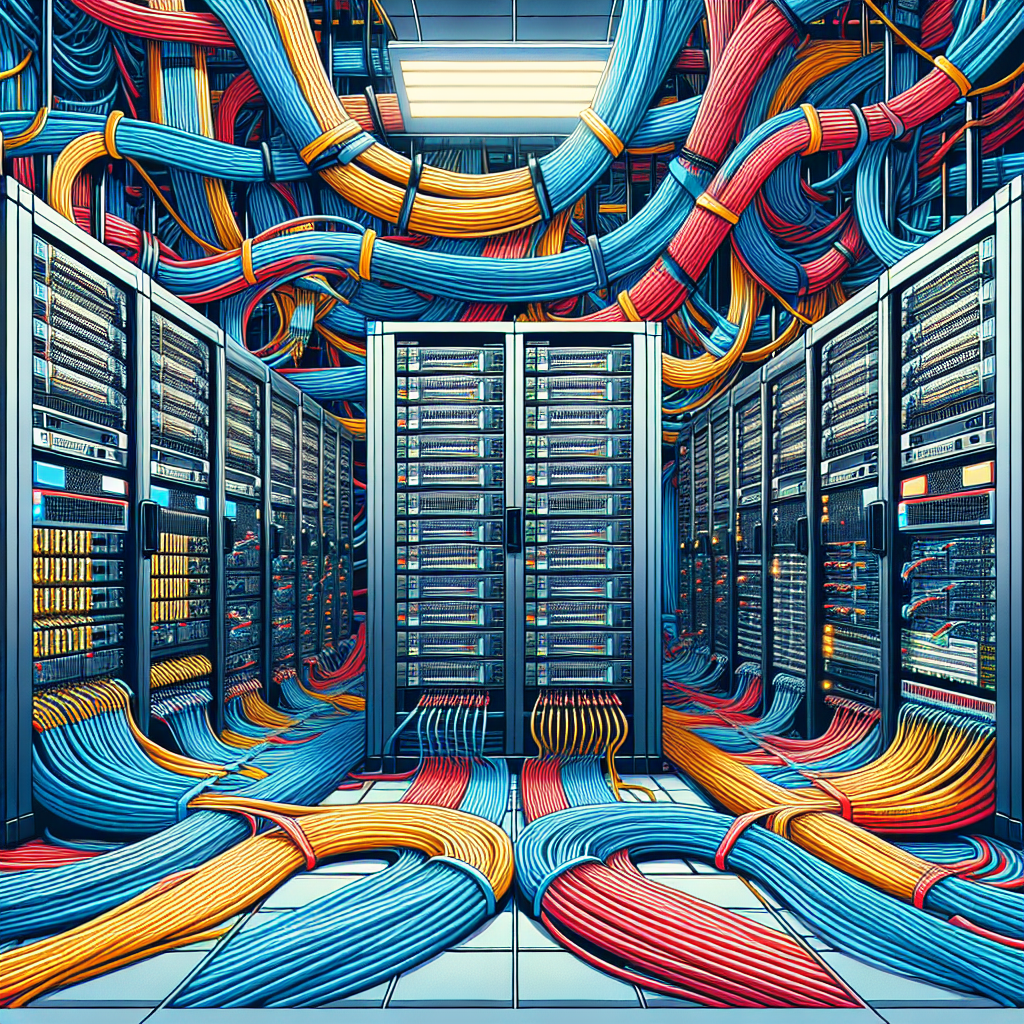Data centers are the heart of any organization’s IT infrastructure, housing servers, switches, routers, and other critical equipment that keeps businesses running smoothly. With the vast amount of cables needed to connect and power these devices, managing and organizing them can be a challenging task. However, with the right approach and tools, data center cabling can be efficient and hassle-free.
Here are some tips for organizing and managing cables in a data center:
1. Plan ahead: Before starting any cabling project, it’s essential to have a clear plan in place. This includes mapping out the layout of the data center, identifying the optimal paths for cables, and determining the best locations for equipment. By planning ahead, you can minimize the risk of cable congestion and make future maintenance and upgrades easier.
2. Use cable management tools: Cable management tools such as cable trays, racks, and ties can help keep cables organized and secure. Cable trays can be mounted above or below equipment racks to route cables neatly, while racks provide a structured framework for holding cables in place. Cable ties can be used to bundle and secure cables, preventing tangles and reducing the risk of accidents.
3. Label cables: Proper labeling is crucial for quickly identifying and tracing cables in a data center. Each cable should be labeled with information such as its destination, source, and function. Color-coding can also be used to differentiate between different types of cables, making it easier to troubleshoot and maintain the network.
4. Maintain proper cable lengths: Using cables that are too long can lead to unnecessary clutter and create obstacles for airflow in the data center. On the other hand, cables that are too short can be strained and easily damaged. It’s important to use cables of the appropriate length to ensure a clean and efficient cabling system.
5. Implement cable management best practices: Following best practices for cable management can help maintain a tidy and organized data center. This includes avoiding cable crossings, using cable management rings to support cables, and maintaining proper bend radii to prevent damage. Regularly inspecting cables for wear and tear can also help prevent potential issues.
6. Document and update cable layouts: Keeping detailed documentation of the cabling layout in the data center is essential for troubleshooting and future expansion. Documenting the location, type, and purpose of each cable can save time and effort when making changes or troubleshooting issues. It’s also important to update the documentation regularly to reflect any changes or upgrades to the network.
By following these tips, organizations can effectively organize and manage cables in their data centers, ensuring a clean and efficient cabling system. With proper planning, tools, and practices in place, data center cabling can be streamlined and hassle-free, allowing for optimal performance and reliability.


Leave a Reply